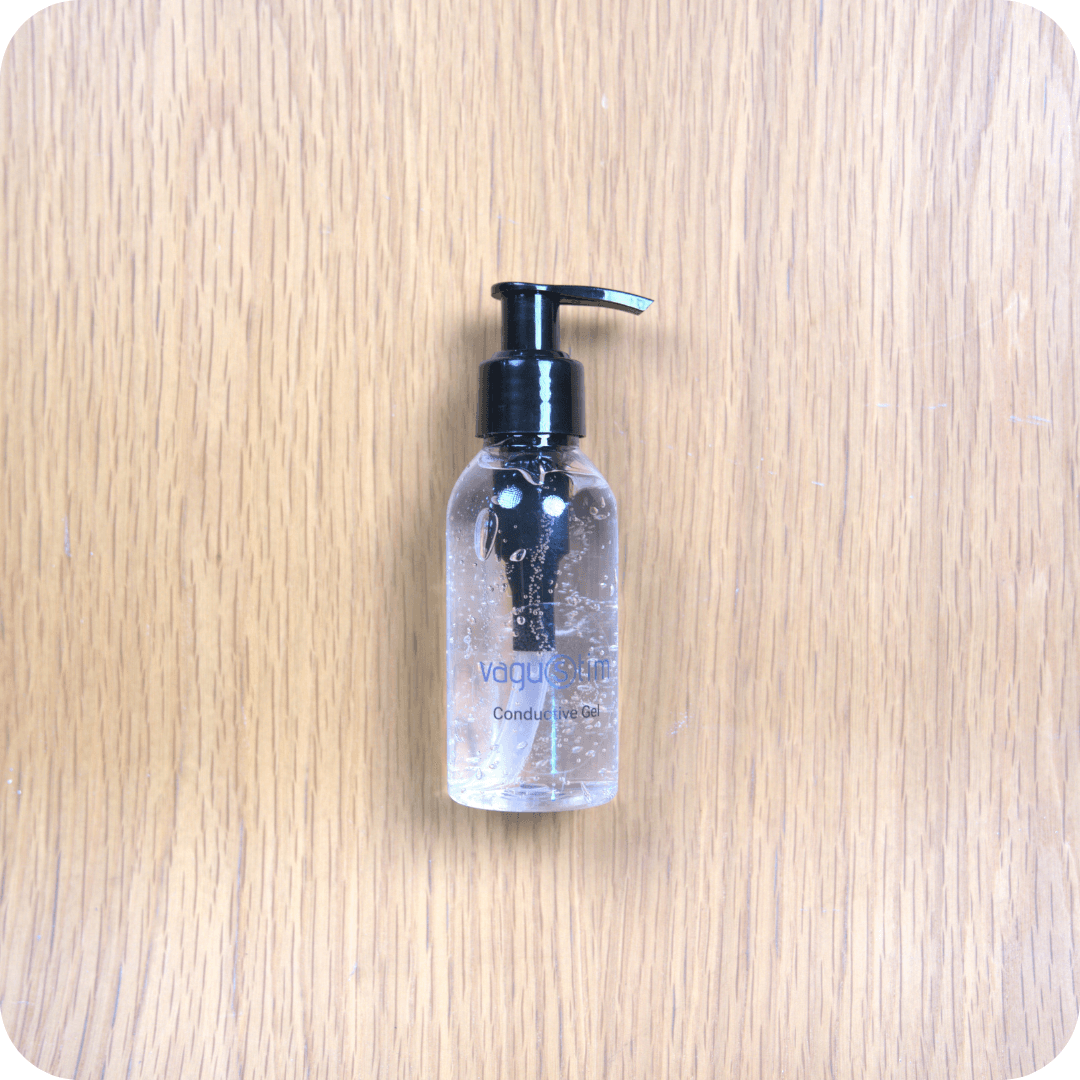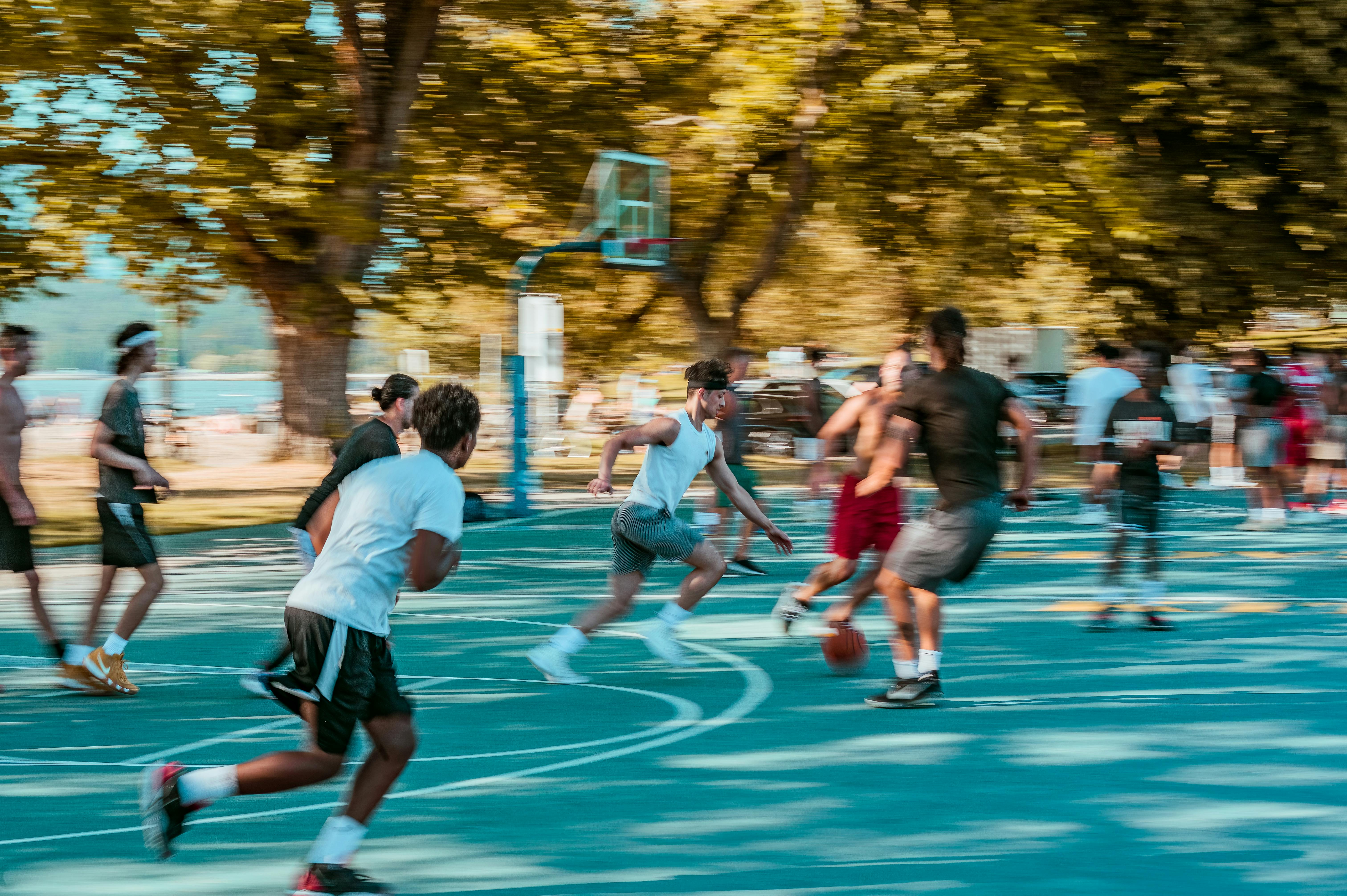What is Cluster Headache?
Cluster headache (CH) is one of the most severe primary headache disorders, classified under trigeminal autonomic cephalalgias (TACs). It is characterized by intense, unilateral pain attacks, typically lasting between 15 and 180 minutes, and often accompanied by cranial autonomic symptoms such as excessive tearing, nasal congestion, and facial flushing. Unlike migraines, where patients tend to seek rest, cluster headache sufferers experience agitation and restlessness during an attack. CH occurs in episodic or chronic forms, with men being more commonly affected than women.
The Role of Vagus Nerve Stimulation in Cluster Headache Treatment
Studies suggest that vagus nerve stimulation can be an effective option for both acute attacks and preventive therapy in cluster headache patients .
The mechanism of action is believed to involve:
- Regulation of cortical excitability, reducing neuronal hyperactivity linked to pain processing.
- Modulation of excitatory neurotransmission, influencing neurotransmitters like catecholamines, which play a role in headache pathophysiology.
- Reduction of dysautonomia, a hallmark of CH that contributes to excessive tearing and nasal congestion.
- Blood-brain barrier protection, which may help reduce neuroinflammation and chronic headache susceptibility.
Clinical Evidence for Vagus Nerve Stimulation in Cluster Headache
The PREVA Study
The PREVA study, a randomized controlled trial, demonstrated that adding vagus nerve stimulation to standard care significantly reduced the frequency of cluster headache attacks compared to standard care alone. Patients receiving vagus nerve stimulation experienced an average reduction of 5.9 attacks per week, compared to 2.1 attacks in the control group.
Real-World Observations
An observational study by Nesbitt et al. found that vagus nerve stimulation reduced attack frequency from 4.5 to 2.6 attacks per 24 hours. Some patients experienced complete remission, while others noted shorter attack durations.
How Does VNS Help Manage Cluster Headaches?
Seizure Threshold and Cortical Excitability
CH is associated with abnormal brain excitability. Vagus nerve stimulation may help stabilize neuronal activity, potentially raising the seizure threshold in the cerebral cortex and making attacks less frequent.
Sleep-Wake Cycle Regulation
Many CH patients report that attacks occur during specific sleep phases. Since the vagus nerve influences the sleep-wake cycle, vagus nerve stimulation may help stabilize sleep patterns and reduce headache occurrence.
Epigenetic Regulation and Long-Term Effects
Emerging evidence suggests that vagus nerve stimulation can impact epigenetic regulation, potentially leading to long-term neurological benefits for cluster headache sufferers.
Why Consider a Non-Invasive Vagus Nerve Stimulation Device?
The benefits of non-invasive Vagus Nerve Stimulation over traditional treatments include:
- Drug-free therapy with no risk of medication overuse.
- Fewer side effects compared to pharmaceuticals like triptans or steroids.
- Convenient at-home use, allowing patients to manage their condition proactively.
Recent advancements in vagus nerve stimulation technology, such as Vagustim, offer patients a clinically backed, easy-to-use solution for managing cluster headaches. With its non-invasive stimulation method, Vagustim may help regulate pain pathways and autonomic function, making it a promising option for those seeking relief from this debilitating condition.
Keywords:
Seizure threshold, Peripheral nerve, Cerebral cortex, Blood-brain barrier, Cortical excitability, Excitatory neurotransmission, Catecholamines, Dysautonomia, Sleep-wake cycle, Epigenetic regulation.
References
1. Holle-Lee, D., & Gaul, C. (2016). Noninvasive vagus nerve stimulation in the management of cluster headache: clinical evidence and practical experience. https://pubmed.ncbi.nlm.nih.gov/27134678/
2. Mehel Metin, K., et al. (2021). The use of positive airway pressure and transauricular vagus nerve stimulation in paroxysmal hemicrania. https://www.neurology-asia.org/articles/neuroasia-2021-26(1)-175.pdf
3. Silberstein, S. D., et al. (2020). Non-invasive vagus nerve stimulation for primary headache: A clinical update. https://journals.sagepub.com/doi/full/10.1177/0333102420941864
4. Nesbitt, A. D., Marin, J. C., Tompkins, E., Ruttledge, M. H., & Goadsby, P. J. (2015). Non-invasive vagus nerve stimulation for the treatment of cluster headache: a case series. https://thejournalofheadacheandpain.biomedcentral.com/articles/10.1186/1129-2377-14-S1-P231




